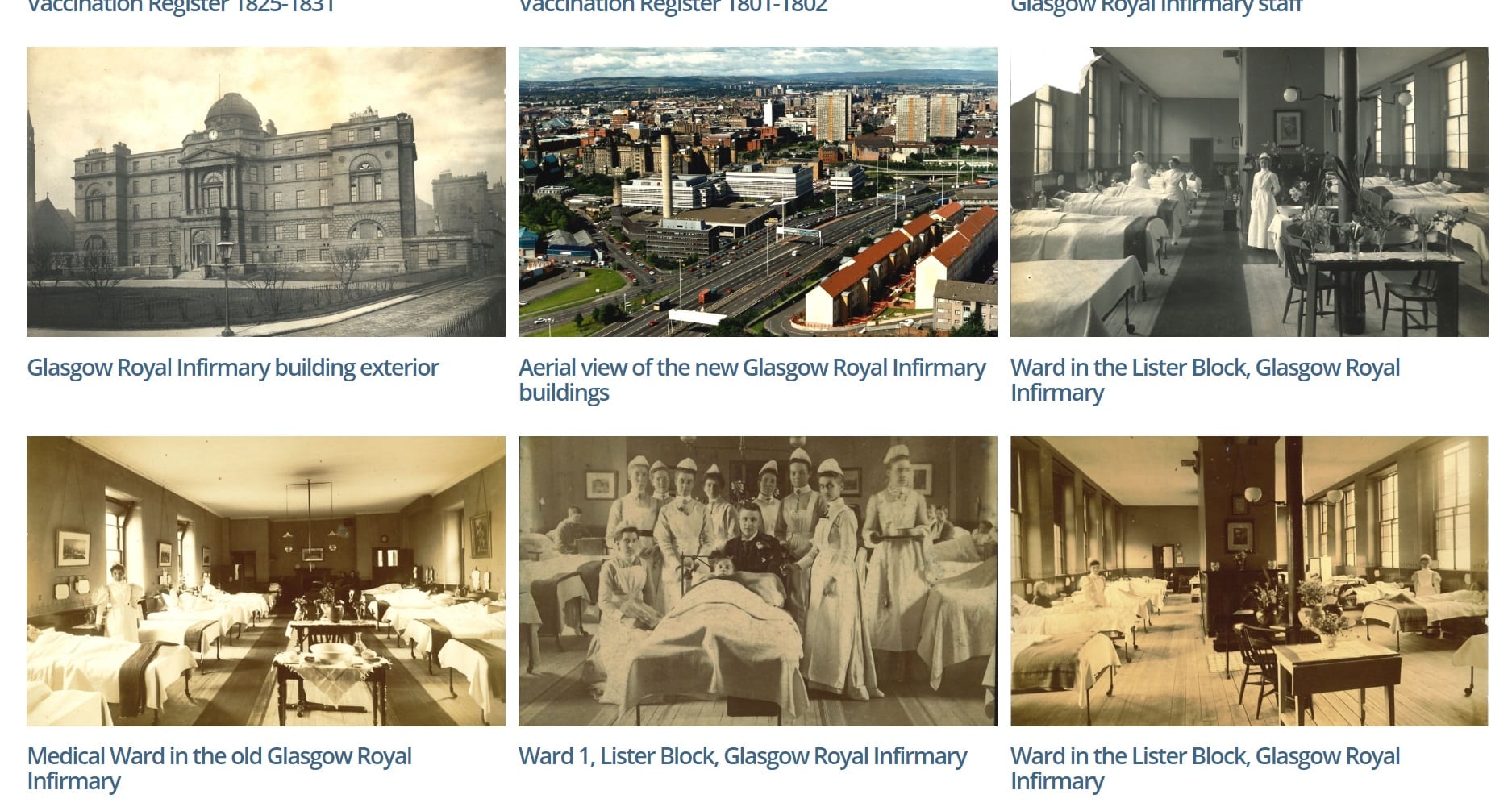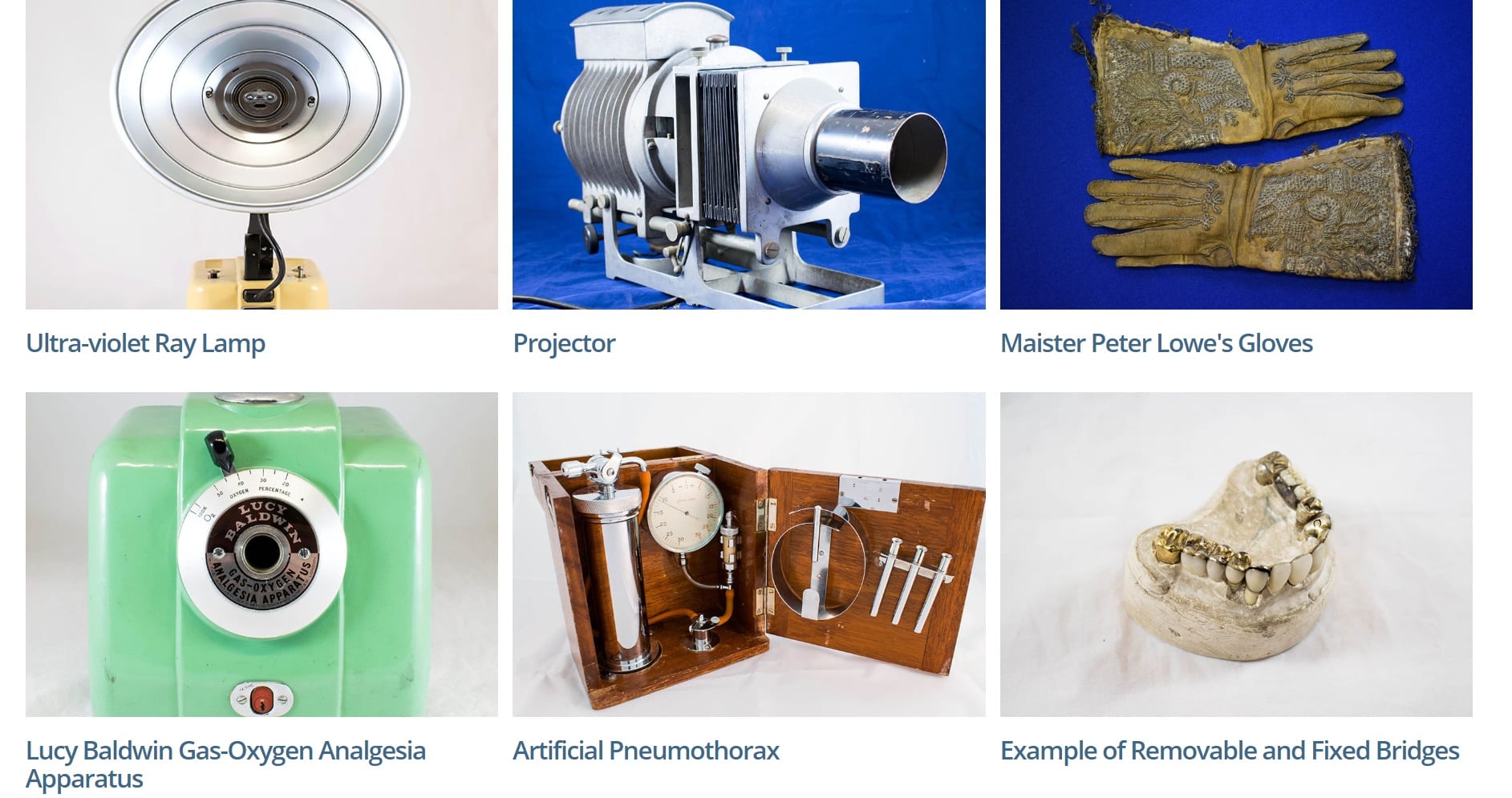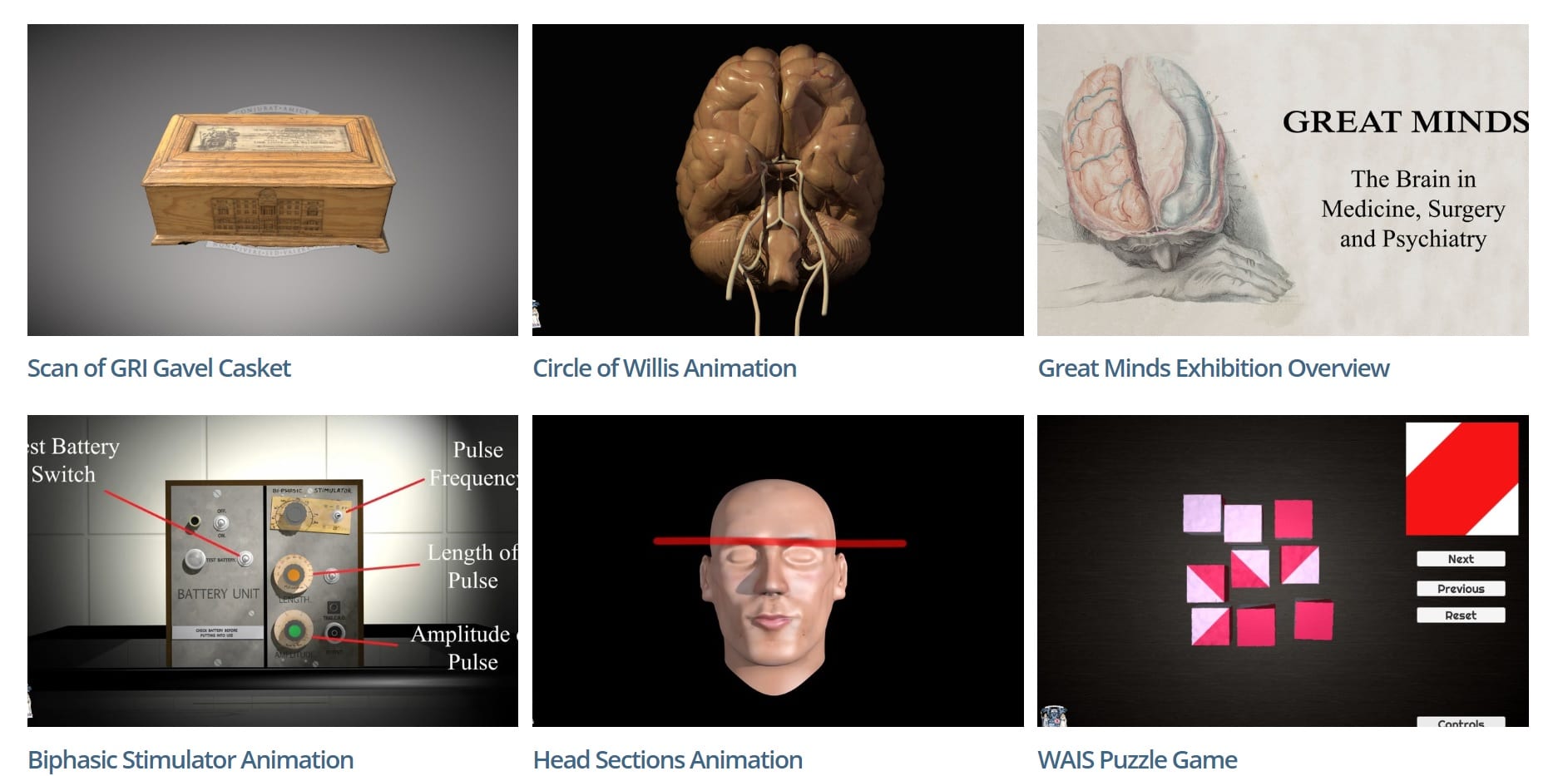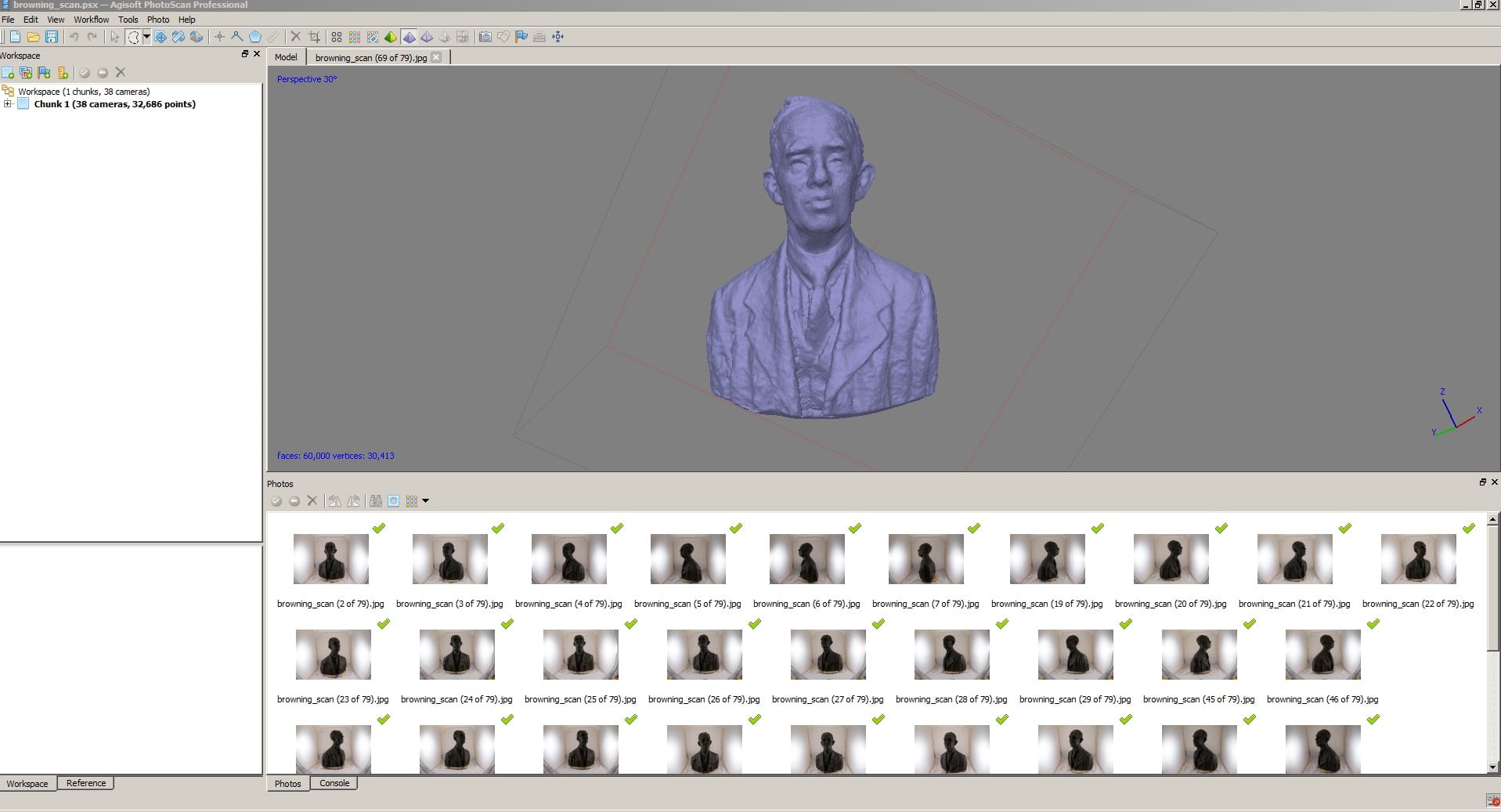Digitisation is a core part of how we at the Royal College of Physicians and Surgeons of Glasgow communicate the stories of our unique heritage. During the coronavirus crisis, when museums are closed and people are urged to stay at home, access to collections digitally has never been more important for cultural institutions.

The scope and variety of our digital products has grown immensely over the past few years, with a major part of that being thanks to our two year funded project, “Visualising Medical Heritage”.
This project was funded by Museums Galleries Scotland ( https://www.museumsgalleriesscotland.org.uk/ ) through their Museum Development Fund and ran from September 2017 to 2019. Through this funding, we were able to develop a wide range of digital visualisation products as well as a series of collaborative engagement events around our heritage. From “Curiosity Live” events at the Glasgow Science Centre to “Nights at the Museum of Anatomy” with the Anatomy Department of the University of Glasgow, the array of engagement events enabled us to reach 3540 people! These events proved to be great ways to engage the public not only with our heritage, but also with our new visualisation products.
For those who like stats and technology, let’s get into the nitty-gritty! Before the project started, there were roughly 30 items from our collections digitised and available online. All of these items were static 2D images. This number has now increased to 1402 digitised items available online on our heritage website.

The majority of digitised items online are 2D images, however there is an entire section of our website dedicated to the 61 visualisation products created during the funded project. These products include 3D animations, 3D models, and virtual reality games, and are all able to be viewed on the website. They provide a more interactive angle to our heritage, giving the viewer more insight and enhanced access to our collections.

3D models were generated through the method of photogrammetry. This technique enables you to convert a series of digital images into point clouds, which are then used to build up fully textured 3D models. These models give access to visitors by allowing them to inspect every angle of the object. Unfortunately, photogrammetry isn’t infallible; any mesh or texture adjustments that need to be made are done through Meshmixer, Substance Painter and Substance Designer. Although a satisfying process, it can be a long one.


75 items from our collections can be viewed on Sketchfab. Thanks to the augmented reality option on Sketchfab’s viewer, visitors can also look at items in the comfort of their own home!
Several 3D animations were created during the time of the funded project and continue to be a major part of heritage communication at the College. Using original sources in the collections, such as surgical case notes and instruments, these animations effectively tell the story of an item or a collection. One such example is that of the case of Barbara Watson, the first person in the world to have a brain tumour removed. Thanks to the case notes of William Macewen it was possible to visualise the procedure that occurred in Glasgow in 1879:
And we can’t forget the VR games! Through the game developer platform, Unity, it was possible to generate virtual reality experiences to compliment different exhibitions and spaces in the College building. Not only is it possible to play these games on a laptop or desktop, but some were also developed for the Oculus Go!
With the uncertainty of the coming days due to the coronavirus crisis, digital formats are essential for wider museum access and prove that there are still ways to interact with heritage and culture.


Leave a Reply
You must be logged in to post a comment.